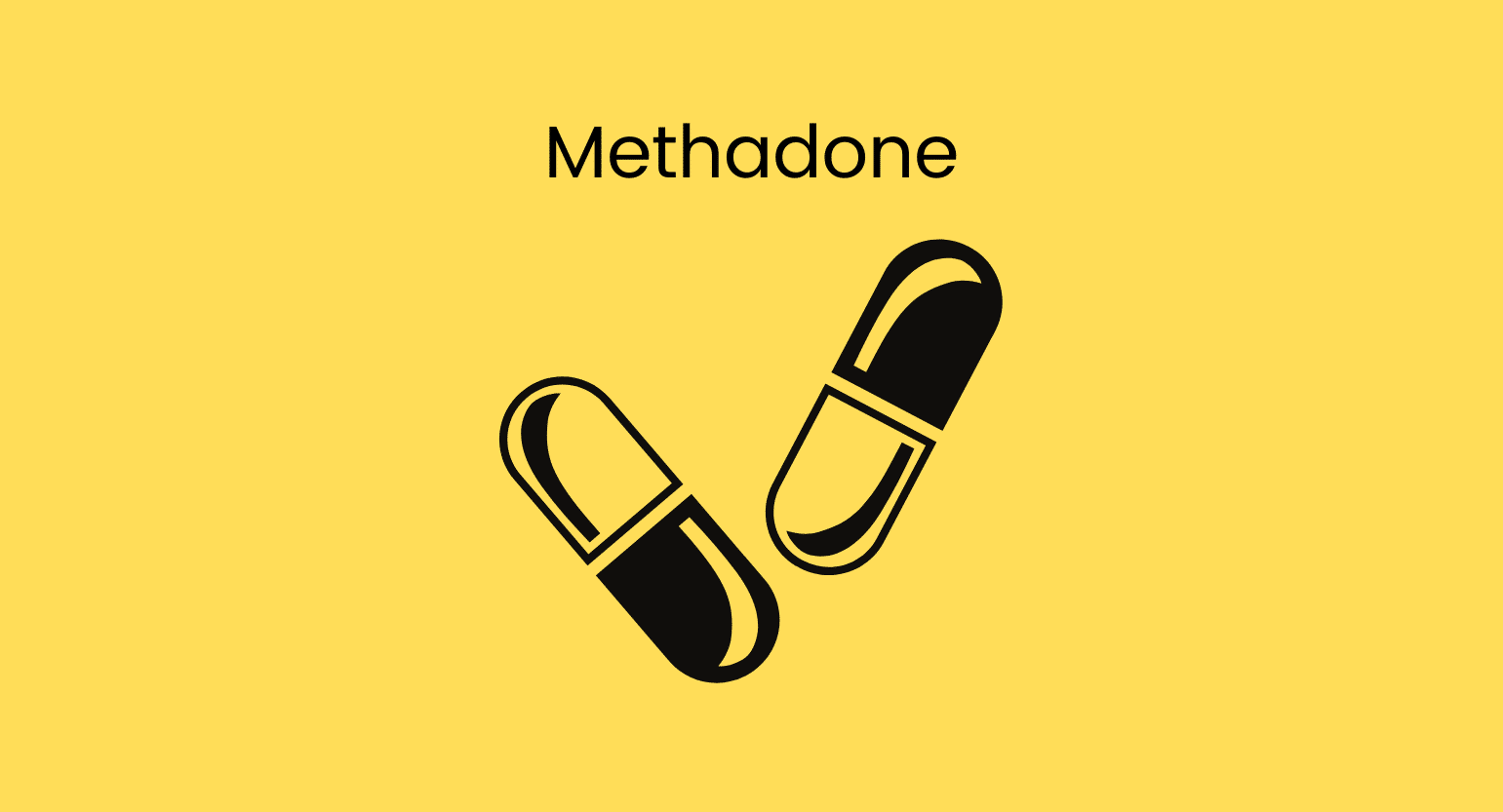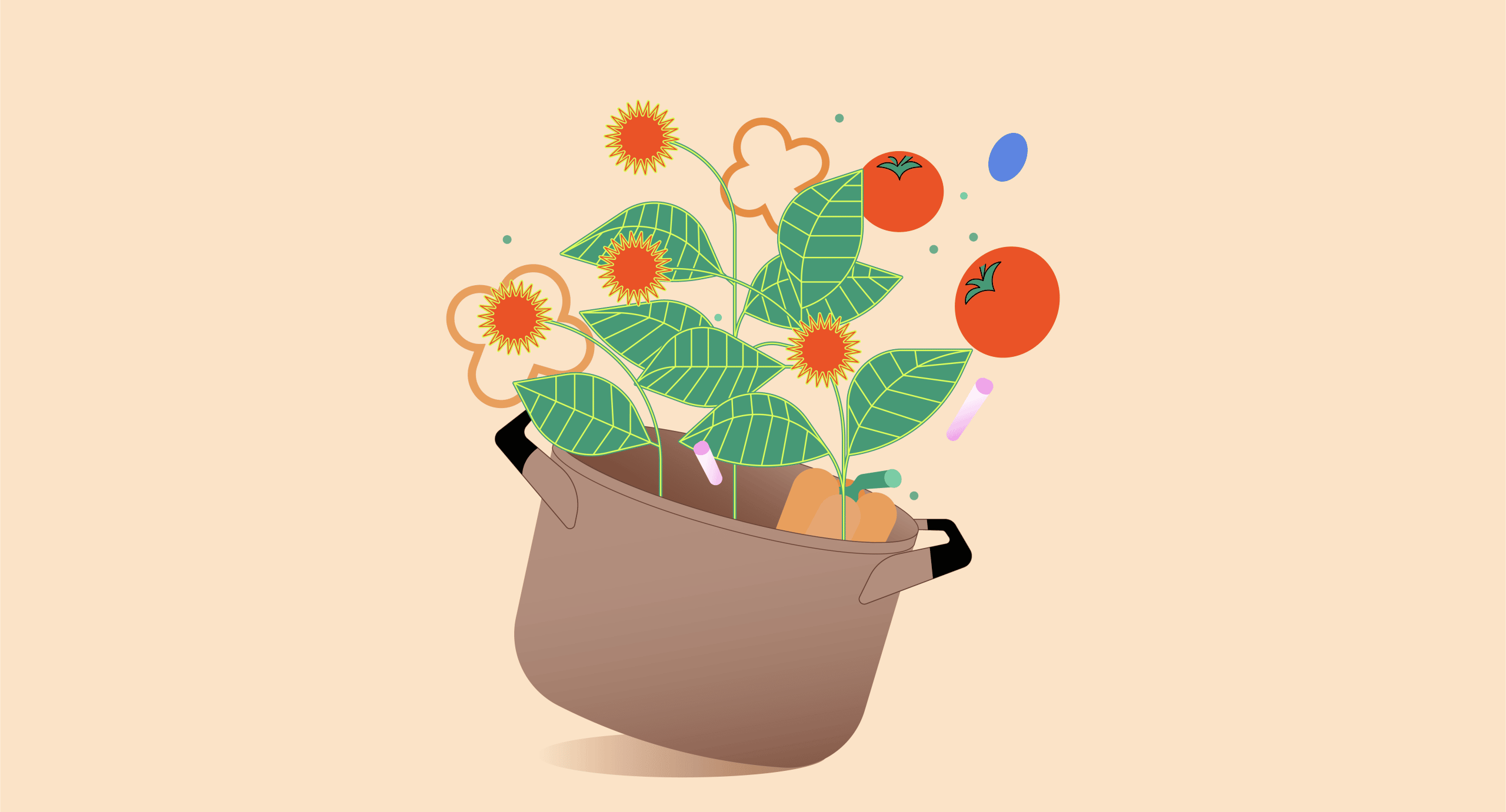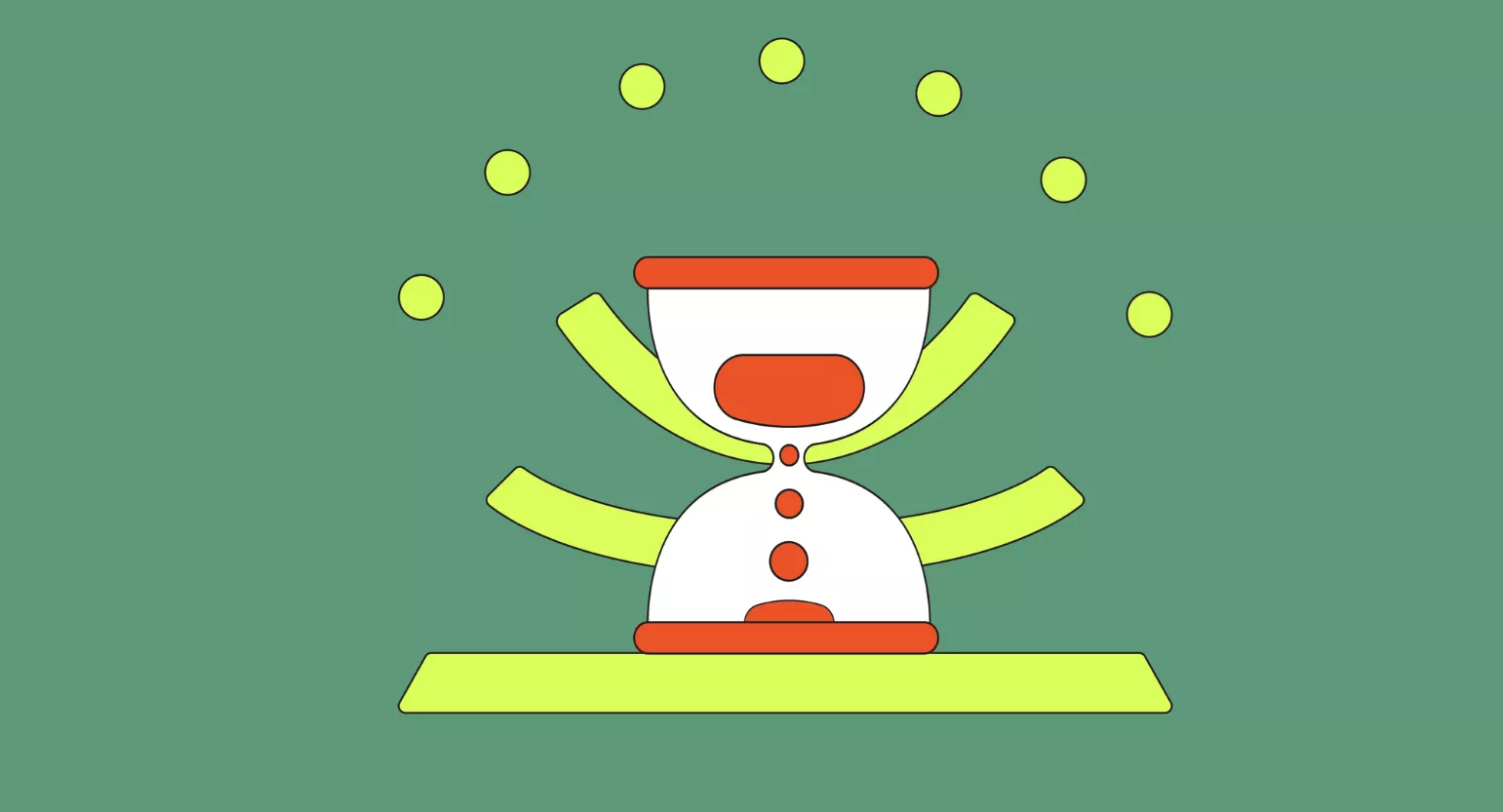Does Kratom Interact With Methadone?
Yes kratom interacts with methadone, and this interaction can lead to dangerous side effects.
Kratom and opioids like methadone exert their effects by binding and activating opioid receptors in the brain. These substances are used to relieve ongoing (chronic) pain that doesn’t respond well to other typical medications.
Kratom and methadone have similar effects and, when taken together, their effects can sum up, increasing the risk of adverse side effects and overdose. This pharmacological phenomenon is known as agonistic interaction.
Moreover, kratom inhibits the cytochrome P450 liver enzymes that the body uses to metabolize and break down methadone —this interaction is known as metabolic inhibition [2]. This effect can contribute to a methadone buildup in the body, increasing the risk of toxicity, adverse effects and overdose.
Related: Can You Overdose on Kratom?
Methadone Specs
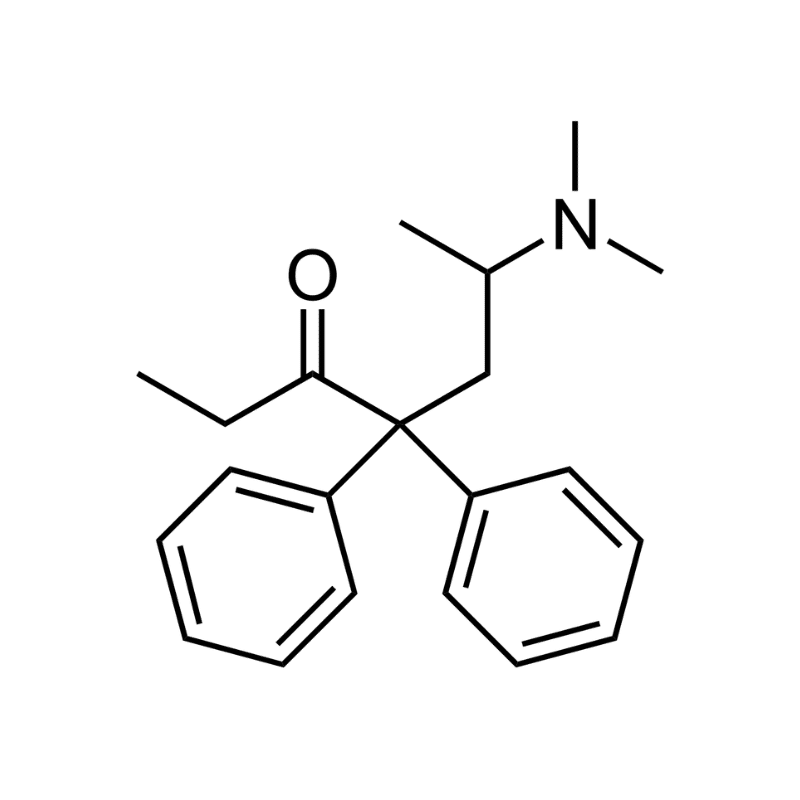
| Drug Name | Methadone |
| Trade Name | Dolophine, Methadose |
| Classification | Synthetic opioid agonist |
| CYP Metabolism | CYP2B6, CYP3A4 |
| Interaction With Kratom | Agonistic and Metabolic competitor |
| Risk of Interaction | Moderate |
Is it Safe to Take Kratom With Methadone?
No, this combination will likely lead to severe side effects or death. It is not wise to mix kratom with methadone.
Methadone is metabolized primarily by CYP2B6 and CYP3A4 [1]. Among others, kratom is an inhibitor of the CYP3A4 enzyme [2].
This means that kratom can inhibit the proper metabolization of methadone within the body — which could cause it to build up to toxic levels.
Methadone already has a slow rate of metabolism and a long elimination half-life [3]. This is what makes it so useful for treating opiate addiction. You only need to take a dose once daily — rather than every couple of hours like other opiate drugs.
Do not attempt to mix kratom and methadone before consulting with your doctor.
What Is Methadone?
Methadone is a synthetic opioid medication with a similar effect to opiate narcotics like heroin.
Like other opioids, methadone affects the body’s central nervous system. It can successfully block the pain and discomfort associated with opiate withdrawal symptoms.
This is why methadone is used in medication-assisted treatment (MAT) for those who want to quit opiates but cannot do so immediately.
Methadone therapy is usually heavily regulated and is accompanied by psychosocial treatments like counseling and therapy.
The use of methadone for recreational purposes is considered illegal. It’s a Schedule II drug, which means it has legitimate medical use but can still be abused and is addictive.
Methadone’s potential for misuse is lower than other injectable opiates, but the risk of fatal overdoses and adverse effects still exists due to its similarities with these compounds.
Methadone is on the WHO’s list of essential medicines.
What Is Methadone Used for?
Methadone is an integral part of drug addiction detoxification and maintenance programs. In some places, it’s also used as a tool for pain management [6] —however, other opiates work better for this application.
Methadone maintenance treatments provide opiate addicts with a daily dose of methadone to decrease opiate withdrawal symptoms and drug cravings.
Compared to non-drug rehabilitation methods, methadone maintenance treatment is more effective at keeping users in treatment and reducing their heroin use [4].
There are many upsides to users switching from street heroin to methadone [5]:
- Methadone is free of all contaminants, while street opiates often have added substances like fentanyl.
- Methadone is prescribed and used under medical supervision.
- Methadone is a pill and can’t be injected, eliminating the risk of needle-born diseases and significantly reducing the potential for overdose and harm.
- Patients enrolled in methadone treatment don’t need to resort to criminal activity to get their opiate fix —leading to lower crime levels.
What’s the Dose of Methadone?
The dosage of methadone varies depending on whether it’s for opioid addiction or pain management.
Methadone usually comes in tablet form. You must swallow the tablet whole; do not crush, break, chew or dissolve it.
Taking methadone for recreational purposes is illegal and hazardous to your health. This compound is a highly controlled substance, so it should only come with a recommendation from your doctor. Follow the dosage recommendations strictly.
Generic & Brand Name Versions
Methadone is the generic drug’s name, but it’s sold under several brand or trade names, including:
- Amidone
- Dolophine
- Heptadon
- Heptanon
- Metadol
- Metadol-D
- Metadon
- Methadose
- Physeptone
- Symoron
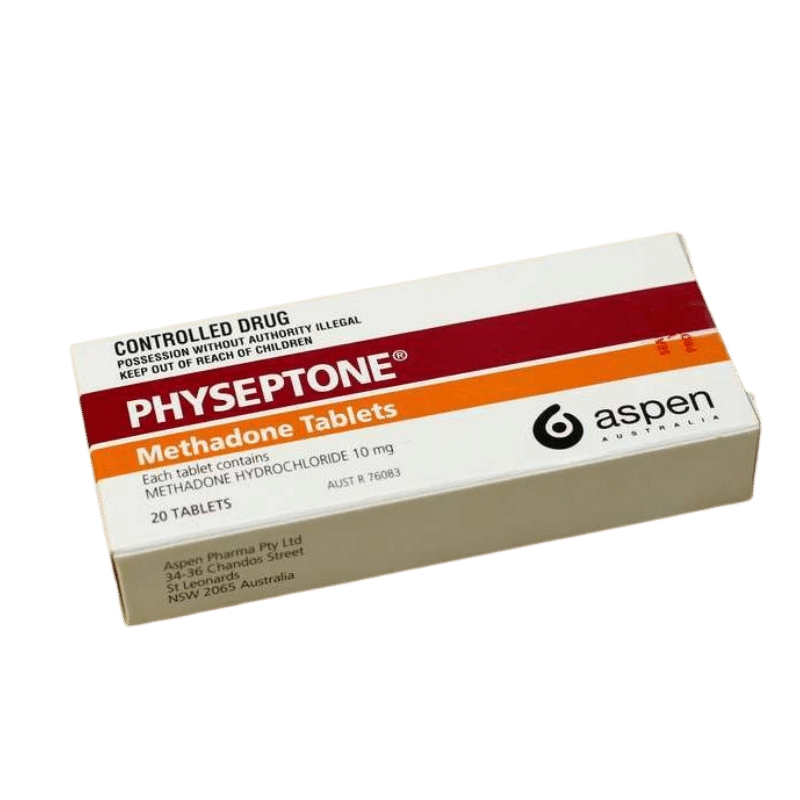
What Are the Side Effects of Methadone?
Methadone’s side effects are comparable to other opioids as they are related to opioid receptor activity. The most common side effect is sedation and fatigue, followed by nausea and headaches.
There are a lot of potential side effects from this medication caused by the drug itself, excipients that are added to prevent users from injecting it, and side effects from the withdrawal process.
Common side effects of methadone include:
- Difficulty sleeping
- Dry mouth
- Extreme drowsiness
- Flushing
- Headache
- Loss of appetite
- Nausea
- Rashes
- Seizures
- Sexual dysfunction
- Sore tongue
- Stomach pain
- Vision problems
- Weight gain
Lastly, it bears mentioning again that — like other opioids — methadone is addictive, and an increased dose carries the risk of respiratory depression — the number one cause of overdose deaths.
Also see: 10 Celebrities Who Died for Painkiller ODs.
What Is Kratom?
Kratom (Mitragyna speciosa) is a tropical evergreen tree native to Southeast Asia —namely Vietnam, Thailand, Cambodia, Malaysia, and Indonesia. Kratom extracts and powders are filled with potent plant-based alkaloids responsible for the plant’s therapeutic properties.
Indigenous peoples have used kratom in Southeast Asia for centuries to combat pain and fatigue, but it is just becoming known in the west.
Unfortunately, due to misinformation and other structural factors, kratom is targeted by the authorities for enhanced restriction. Currently, kratom is still an unregulated substance, making it harder to study.
What Is Kratom Used for?
Depending on the dosage, kratom produces a few different effects.
When consumed in low dosages, it acts as a stimulant and nootropic. When consumed in higher doses, it acts as an analgesic, a relaxant, and an anxiolytic.
This means kratom can be used to support several different ailments. For example, kratom is used for chronic pain management, anxiety relief, and opioid withdrawal symptoms.
Regarding its supplementary uses, kratom boosts energy levels, increases focus and enhances mood.
Kratom and methadone are similar because they both offer a source of substitution therapy for opiate addiction.
Kratom is less addictive than other opioids and doesn’t carry a high risk of overdose, so many people use it to reduce cravings and withdrawal symptoms.
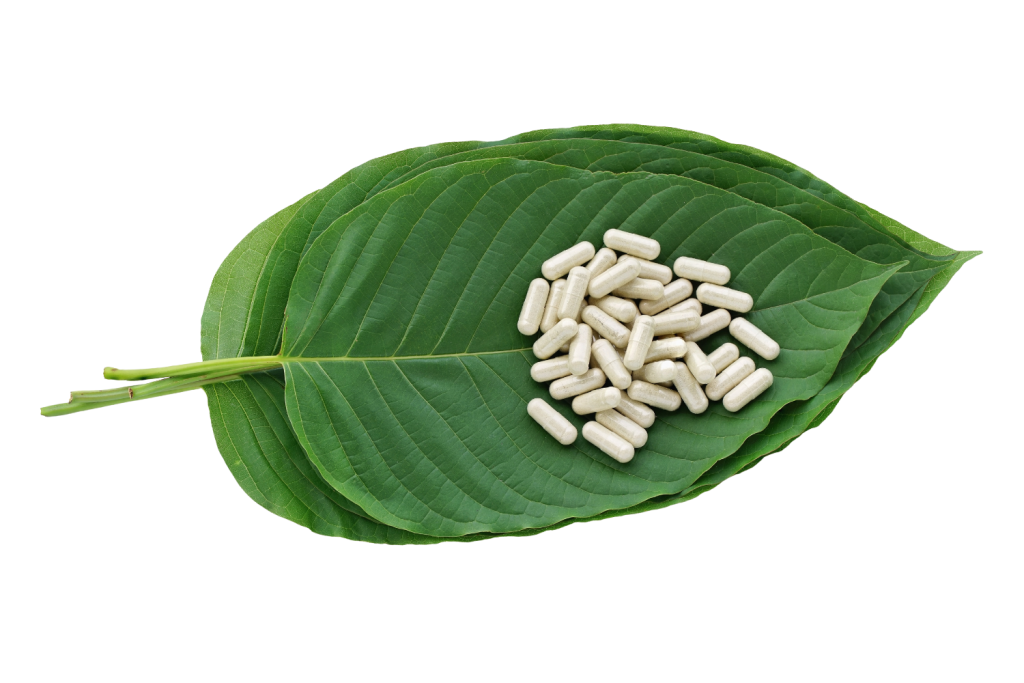
What’s the Dose of Kratom?
As with most other drugs, proper dosage recommendations can vary according to several factors, such as the method of consumption and treatment goals.
However, the general kratom dosage recommendations are usually the following:
- Low dose (1 – 5 g) —Promote stimulant and nootropic effects.
- Medium dose (5 – 10 g) —Analgesic and anxiolytic properties become stronger.
- High dose (10 – 15 g) —Heavily sedative, analgesic, and anxiolytic qualities; not recommended for inexperienced users.
What Are the Side Effects of Kratom?
Any substance with pharmacologically active effects brings some level of risk for side effects —including kratom.
While the side effects of this plant are substantially milder than prescription opioids, it is best t avoid them overall by starting with low doses and taking tolerance breaks from kratom.
Kratom can produce the following side effects:
- Anxiety
- Brain fog
- Constipation
- Dizziness
- Lethargy
- Nausea and vomiting
Additionally, kratom can cause physical and mental dependence.
Is Kratom Addictive?
Kratom acts on the body’s opioid receptors similarly to opioids, but with some key differences. Many different alkaloids in the plant help balance its effects and minimize risk. For example, kratom lacks the effects on the opioid receptors in the lungs, which lead to fatal respiratory depression in opioid-related deaths.
Instead, if kratom is used recklessly, the user will vomit long before toxic doses can be consumed. It has a sort of self-regulating aspect that prevents users from being able to overdose.
The exception is if kratom is used in combination with other drugs. Virtually all cases of kratom-related deaths involved mixing other medications with it — especially other opiates like methadone.
Use kratom responsibly to minimize the chances of a kratom addiction or developing a tolerance to the drug’s effects.

What Are the Different Types of Kratom?
Kratom comes in many strains — excellent news for users who like to experiment with and tweak their kratom experience.
All kratom strains share the same general effects, but each strain is more predisposed to specific properties of the kratom plant. This allows users to pick a strain that maximizes the effects they’re looking for.
Differences in the harvesting and processing of the kratom leaf likely lead to the distinct alkaloid profiles that give each strain its unique character.

White Vein Kratom
White vein kratom is most popular with those looking for an energy boost. It also works well as a mood enhancer as it can stimulate euphoria.
Maybe you dislike the taste of coffee or don’t have a good reaction to caffeine. If so, white vein kratom is an excellent replacement for your morning coffee.

Red Vein Kratom
The red-veined kratom strains are the go-to choice for people dealing with chronic pain and those who want to treat their anxiety but don’t want to resort to pharmacological antidepressants.
Red vein kratom is an excellent choice for these two options as it is the most analgesic and anxiolytic type of strain. This is excellent for those who don’t want to consume too much kratom but still want the effects of a higher dose.

Green Vein Kratom
Green vein kratom is hailed as the ‘all-around’ strain in the community. It carries a good balance of the effects produced by the red and white strains.
If you’re new to kratom and are looking for a balanced experience, this is the strain for you.

Yellow Vein Kratom
Yellow vein kratom is somewhat of a question mark. It’s unclear exactly how it’s produced. The leading theory is that it is a mixture between white and red.
Yellow vein users often say that this strain is most comparable to the green-veined strains, although milder in its effects.

Key Takeaways: Is It Safe to Mix Kratom & Methadone?
No, kratom and methadone shouldn’t be taken together for any reason.
While both substances have similar effects, and can be used effectively as a source of substitution therapy (swapping more high-risk opioid use with something safer and easier to wean off later) — taking them in combination could prove fatal.
- Kharasch, E. D. (2017). Current concepts in methadone metabolism and transport. Clinical pharmacology in drug development, 6(2), 125-134.
- Hanapi, N. A., Ismail, S., & Mansor, S. M. (2013). Inhibitory effect of mitragynine on human cytochrome P450 enzyme activities. Pharmacognosy research, 5(4), 241.
- Kell, M. J. (1994). Utilization of plasma and urine methadone concentrations to optimize treatment in maintenance clinics: I. Measurement techniques for a clinical setting. Journal of addictive diseases, 13(1), 5-26.
- Mattick, R. P., Breen, C., Kimber, J., & Davoli, M. (2009). Methadone maintenance therapy versus no opioid replacement therapy for opioid dependence. Cochrane database of systematic reviews, (3).
- Senay, E. C. (1985). Methadone maintenance treatment. International Journal of the Addictions, 20(6-7), 803-821.
- Toombs, J. D., & Kral, L. A. (2005). Methadone treatment for pain states. American family physician, 71(7), 1353-1358.

